Samsung washing machine service
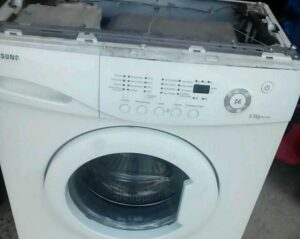 Caring for an automatic washing machine is a “sore topic” for many housewives. On the one hand, preventive measures can significantly extend the life of the washing machine, but on the other hand, they take up time and money, especially if you call a professional. But if you don’t find a balance and don’t start looking after your “home assistant,” then it will only work well for a few years, after which it will begin to suffer due to blockages in the drain system, the appearance of black mold, scale, and breakdowns of key parts of the system. Therefore, it’s definitely worth setting aside time for servicing a Samsung washing machine, especially since you don’t need much of it.
Caring for an automatic washing machine is a “sore topic” for many housewives. On the one hand, preventive measures can significantly extend the life of the washing machine, but on the other hand, they take up time and money, especially if you call a professional. But if you don’t find a balance and don’t start looking after your “home assistant,” then it will only work well for a few years, after which it will begin to suffer due to blockages in the drain system, the appearance of black mold, scale, and breakdowns of key parts of the system. Therefore, it’s definitely worth setting aside time for servicing a Samsung washing machine, especially since you don’t need much of it.
Routine machine maintenance
The simplest rule, known to all owners of washing machines, is that after the cycle, the equipment should be left open so that the remaining water evaporates and there are no unpleasant odors left inside the drum. You also need to remember that washed clothes must be quickly removed from the machine so that mold does not appear in the device due to humidity. Finally, you need to wipe the glass of the hatch, the powder receptacle, the rubber cuff and the surface of the drum dry.
Everything listed in the last paragraph must be done after each wash. As for deep maintenance of the “home assistant”, it is better to carry it out once every 2-3 months. For such prevention you will need:
- turn off the machine from the power supply and also disconnect it from the water supply;
- remove the cuvette for cleaning products, then wash it with soap or other detergent in warm water;
It is important to remove plaque and traces of mold from the cuvette, so if they are present, the cleaning should be more serious.
- disconnect the inlet hose from the device, then pull out the filter mesh to clean it under the tap and remove all scale and debris;
- clean the drain filter located in the lower right corner of the washing machine behind a separate panel. First, place a basin under the machine, cover it with dry rags, and only then unscrew the plug so that water does not flood the floors. When the water runs out, disconnect the part and completely rinse it and the walls of the hole where it was installed;
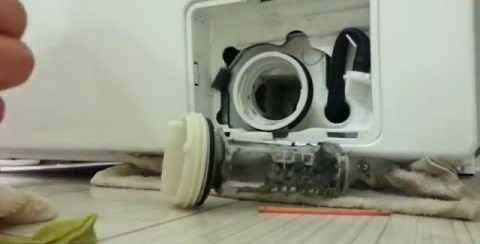
- Now you need to check the rubber cuff on the drum. There should be no cracks in the elastic, and if there is dirt or mold, they must be carefully removed;
- spin the drum with your own hands. Rotation should be carried out without serious obstacles, but with slight tension. It is very important that there is no squeaking or grinding. If you detect any extraneous sounds, you will have to call a technician for professional diagnostics of household appliances;
- Finally, disconnect the drain hose and check the tube for blockages by simply probing it.
Thus, in-depth maintenance can be carried out independently, without the help of specialists. This does not require any technical education or special tools.
Non-standard service
However, sometimes there are situations when a superficial check will not help identify the problem. If your home assistant suddenly starts making a lot of noise, buzzing, vibrating while working, or jumping high, then it is necessary to conduct an in-depth diagnosis. In this case, the Samsung washing machine will have to be disassembled to carefully check the dampers, bearing assembly and counterweights. To do this, strictly follow the instructions.
- Disconnect the washing machine from the power supply, turn off the water supply, and then disconnect the drain and inlet hoses from the body.
- Provide access to the side walls and rear panel of the machine, for which it will have to be moved away from the wall. It is also worth preparing several dry rags in advance.
- Now let's start disassembling the equipment - first, disconnect the top cover by unscrewing the fixing bolts.

- Repeat the procedure with the back wall, unscrewing the retaining screws.
- Inspect the counterweights - the concrete blocks should be intact, without cracks or chips. You can also press on the blocks and check if the bolts are tightened well. If not, strengthen the fastenings, and if damaged, replace them.
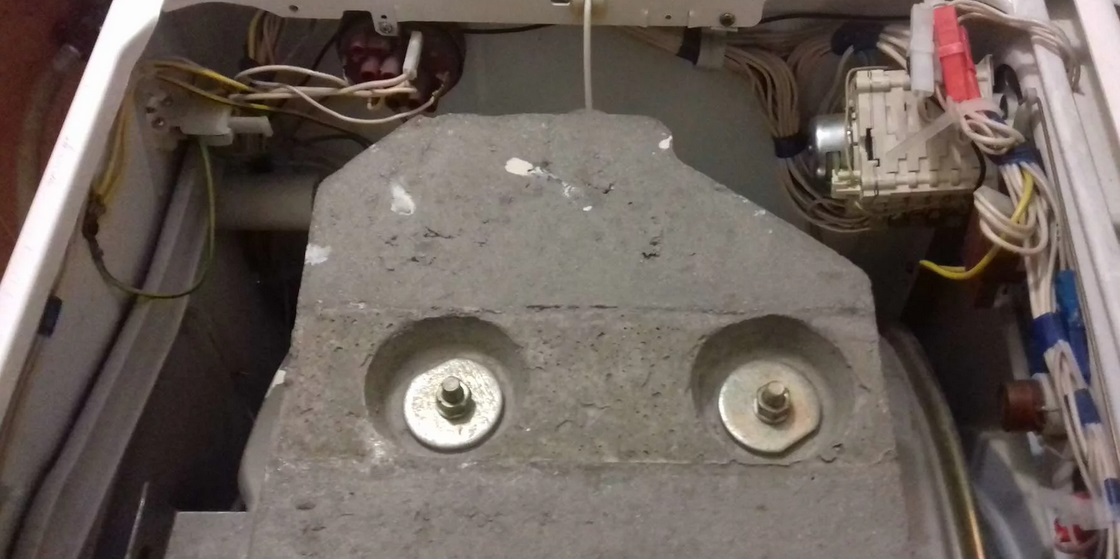
- Test the drive belt tension. The gum should not fly off, so if this happens, then it should either be replaced, or thoroughly washed, dried, and then rubbed with pine rosin.
- Below you need to check the shock absorbers - the dampers must be elastic. At the same time, lubricate the springs with graphite lubricant to prevent corrosion.
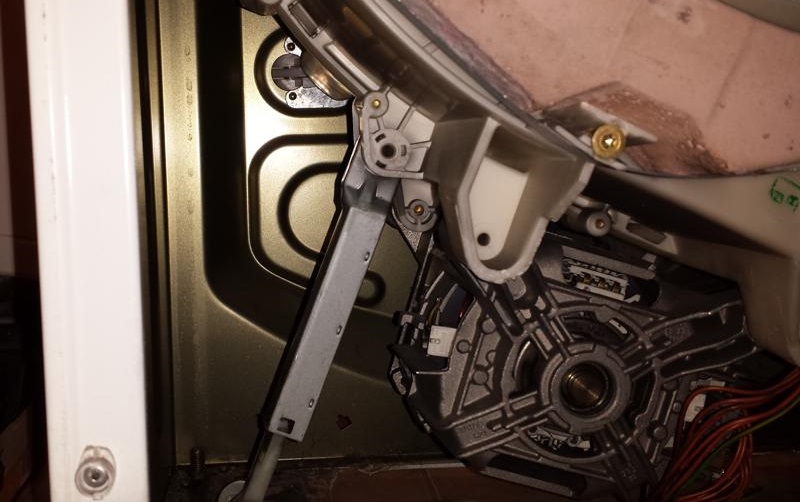
- Having reached the heating element, disconnect its wiring, unscrew the nut and disconnect it for further manipulations. If it is all covered in scale, then it should either be replaced or soaked in a vinegar solution so that the coating becomes soft and can be cleaned.
- Additionally, you can inspect all the sensors and wires of the machine, which should be replaced if defects are detected.
- Finally, it’s worth checking the tubes that go from the dispenser to the tank, and also checking the fill valve. All listed parts must be not only intact, but also dry.
Be sure to take a photo of the connected wires to the elements of the washing machine, so that later you will have an example at hand on how to properly connect everything back.
It is important to remember that if the equipment begins to grind heavily during washing, rattle during the spin cycle, and there is also strong play in the drum, then it’s time to buy new bearings. At least once every few years, carry out in-depth diagnostics to find and eliminate any faults in advance. Thus, you can extend the life cycle of the machine by several years, and this is worth a lot.
Interesting:
Reader comments
- Share your opinion - leave a comment


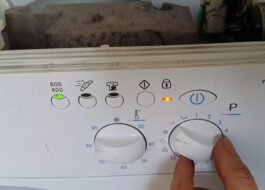
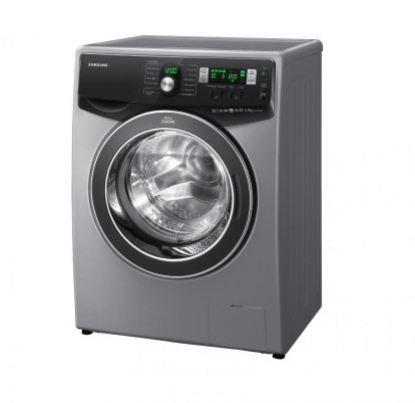


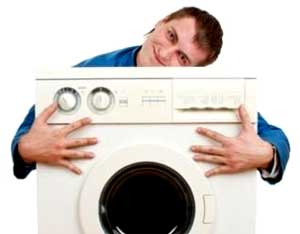














Add a comment